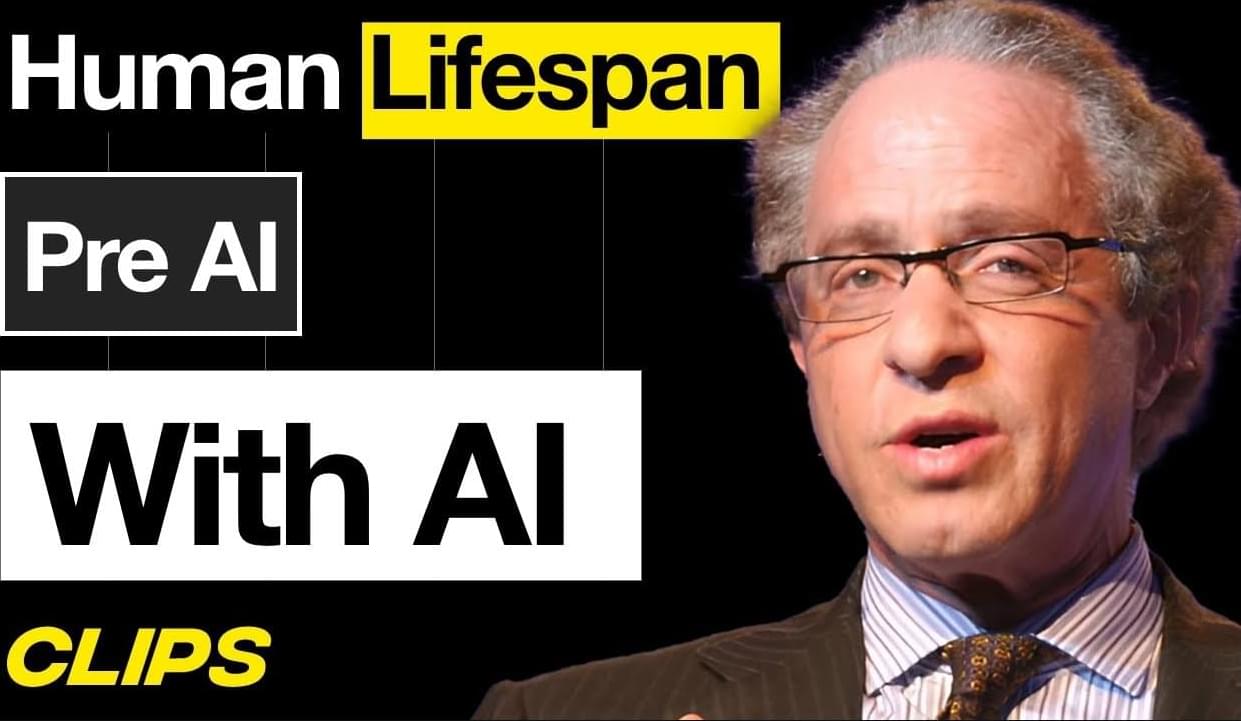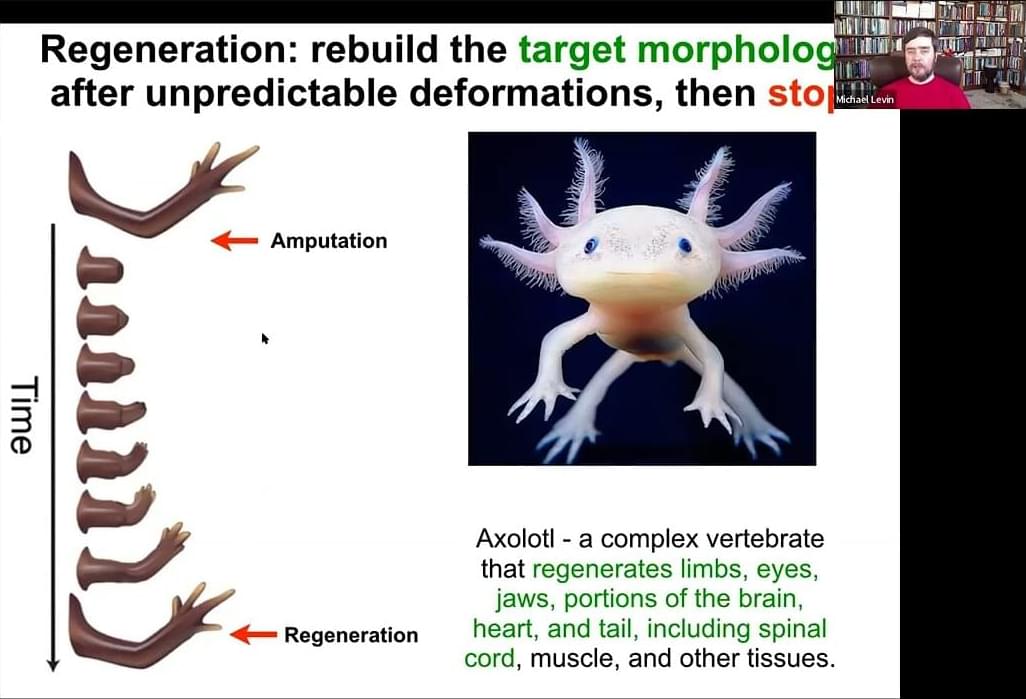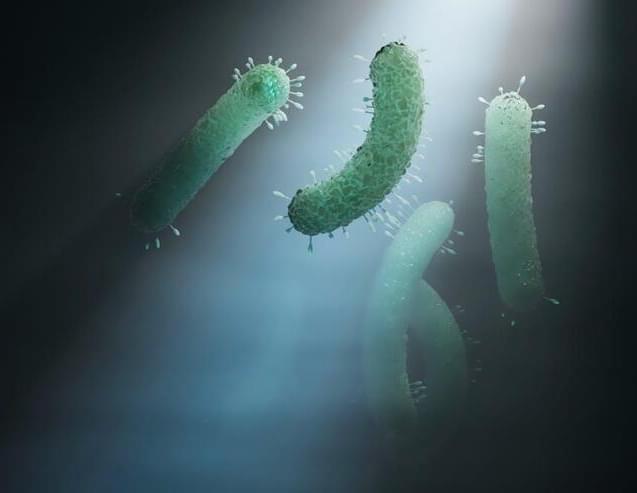Archive for the ‘robotics/AI’ category: Page 57
Oct 31, 2024
Ghost Armadas & Primordial Galactic Wars
Posted by Dan Breeden in categories: media & arts, robotics/AI

An exploration of the unsettling possibility we live in a universe of ancient galactic wars, ruins, relics, and leftover war machines scattered across the cosmos.
Watch my exclusive video Caretaker AI \& Genus Loci: https://nebula.tv/videos/isaacarthur–… Get Nebula using my link for 40% off an annual subscription: https://go.nebula.tv/isaacarthur.
Get a Lifetime Membership to Nebula for only $300: https://go.nebula.tv/lifetime?ref=isa… Use the link gift.nebula.tv/isaacarthur to give a year of Nebula to a friend for just $30.
Continue reading “Ghost Armadas & Primordial Galactic Wars” »
Oct 31, 2024
#115 Alexander Rosenberg: Theory of Mind, History, Mental Illusions, and Nihilism
Posted by Dan Breeden in categories: biological, ethics, neuroscience, robotics/AI

—————–Support the channel———–
Patreon: https://www.patreon.com/thedissenter.
PayPal: paypal.me/thedissenter.
——————Follow me on——————–
Facebook: https://www.facebook.com/thedissenteryt/
Twitter: https://twitter.com/TheDissenterYT
Oct 31, 2024
Plans must be made for the welfare of sentient AI, animal consciousness researchers argue
Posted by Genevieve Klien in category: robotics/AI
Computer scientists need to grapple with the possibility they will accidentally create sentient artificial intelligence (AI) — and to plan for those systems’ welfare, a new study argues.
The report published Thursday comes from an unusual quarter: specialists in the frontier field of animal consciousness, several of whom were signatories of the New York Declaration on Animal Consciousness.
Oct 31, 2024
Japanese Chip Packaging Giant Kyocera Launches $100 Million AI Startup Funds
Posted by Bruce Burke in categories: robotics/AI, sustainability
Kyocera has unveiled two funds totaling $100 million for startups focused on technologies including artificial intelligence, renewable energy and mobility.
Oct 31, 2024
Drones could use ‘robotic cat’s eyes’ to track targets more precisely than ever before
Posted by Genevieve Klien in categories: drones, robotics/AI
A new computer vision system inspired by cats’ eyes could enable robots to see the world around them more accurately than ever before.
Robots, drones, self-driving cars and other autonomous systems are becoming more common, but they still struggle to see well in all environments and conditions. For example, self-driving cars perform poorly in rain or fog because these conditions affect the car’s sensors and cameras.
Oct 30, 2024
AI Will Dramatically Increase Life Expectancy, Here’s How | MOONSHOTS
Posted by Shubham Ghosh Roy in categories: biotech/medical, finance, law, media & arts, nanotechnology, Ray Kurzweil, robotics/AI, singularity

This clip is from the following episode: https://youtu.be/xqS5PDYbTsE
Recorded on Oct 18th, 2024
Views are my own thoughts; not Financial, Medical, or Legal Advice.
Continue reading “AI Will Dramatically Increase Life Expectancy, Here’s How | MOONSHOTS” »
Oct 30, 2024
Fighting antibiotic resistance at the source — using machine learning to identify bacterial resistance genes and the drugs to block them
Posted by Arthur Brown in categories: biotech/medical, robotics/AI
By analyzing the resistance genes and proteins of E. coli, researchers can optimize treatments to address both current and future antimicrobial resistance.
Oct 30, 2024
How Generative AI Is Transforming Medical Education
Posted by Shubham Ghosh Roy in categories: biotech/medical, education, robotics/AI
Generative AI is changing medicine, and it’s happening fast. HMS is getting a jump on this shift by training future doctors with skills in data and machine learning.
Harvard Medical School is building artificial intelligence into the curriculum to train the next generation of doctors.
Continue reading “How Generative AI Is Transforming Medical Education” »
Oct 30, 2024
Google CEO says more than 25 percent of company’s new code written by AI
Posted by Cecile G. Tamura in category: robotics/AI
Today, more than a quarter of all new code at Google is generated by AI, then reviewed and accepted by engineers.
More than a quarter of Google’s new code is being generated by artificial intelligence (AI), CEO Sundar Pichai revealed during Tuesday’s third-quarter earnings call for the leading tech company.
We’re also using AI internally to improve our coding processes, which is boosting productivity and efficiency, Pichai said during the call.
Continue reading “Google CEO says more than 25 percent of company’s new code written by AI” »














